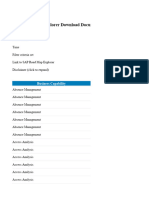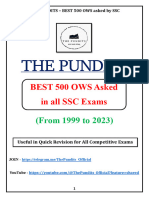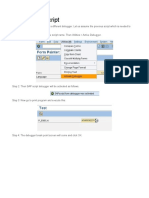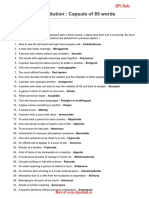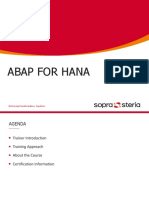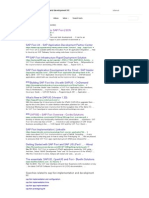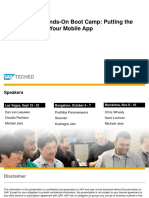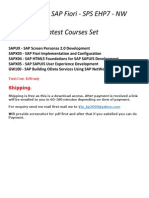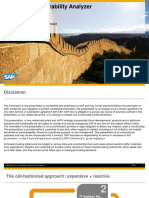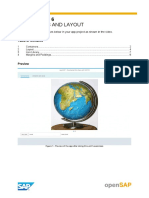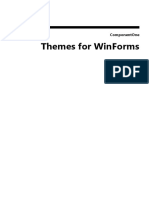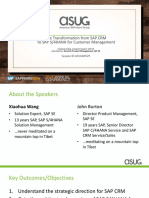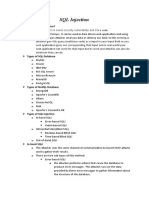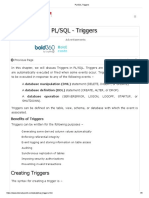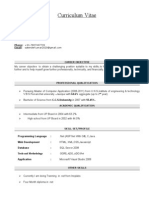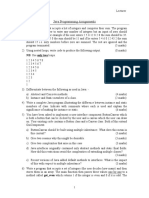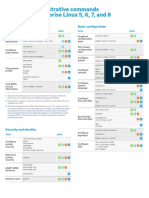0% found this document useful (0 votes)
532 views73 pagesDeveloping Web Apps With SAPUI5
This document provides an overview of the units and topics covered in a course on developing web apps with SAPUI5. The course introduces key SAPUI5 concepts like controls, views, models, data binding and responsive design. It covers topics such as defining the app UI using controls and views, structuring apps using controllers and modules, creating configurable app components, working with remote OData services, binding data, filtering, sorting and more. The course also teaches how to create responsive tables and add quick filters.
Uploaded by
Uriel Sánchez RuizCopyright
© © All Rights Reserved
We take content rights seriously. If you suspect this is your content, claim it here.
Available Formats
Download as DOCX, PDF, TXT or read online on Scribd
0% found this document useful (0 votes)
532 views73 pagesDeveloping Web Apps With SAPUI5
This document provides an overview of the units and topics covered in a course on developing web apps with SAPUI5. The course introduces key SAPUI5 concepts like controls, views, models, data binding and responsive design. It covers topics such as defining the app UI using controls and views, structuring apps using controllers and modules, creating configurable app components, working with remote OData services, binding data, filtering, sorting and more. The course also teaches how to create responsive tables and add quick filters.
Uploaded by
Uriel Sánchez RuizCopyright
© © All Rights Reserved
We take content rights seriously. If you suspect this is your content, claim it here.
Available Formats
Download as DOCX, PDF, TXT or read online on Scribd
/ 73


